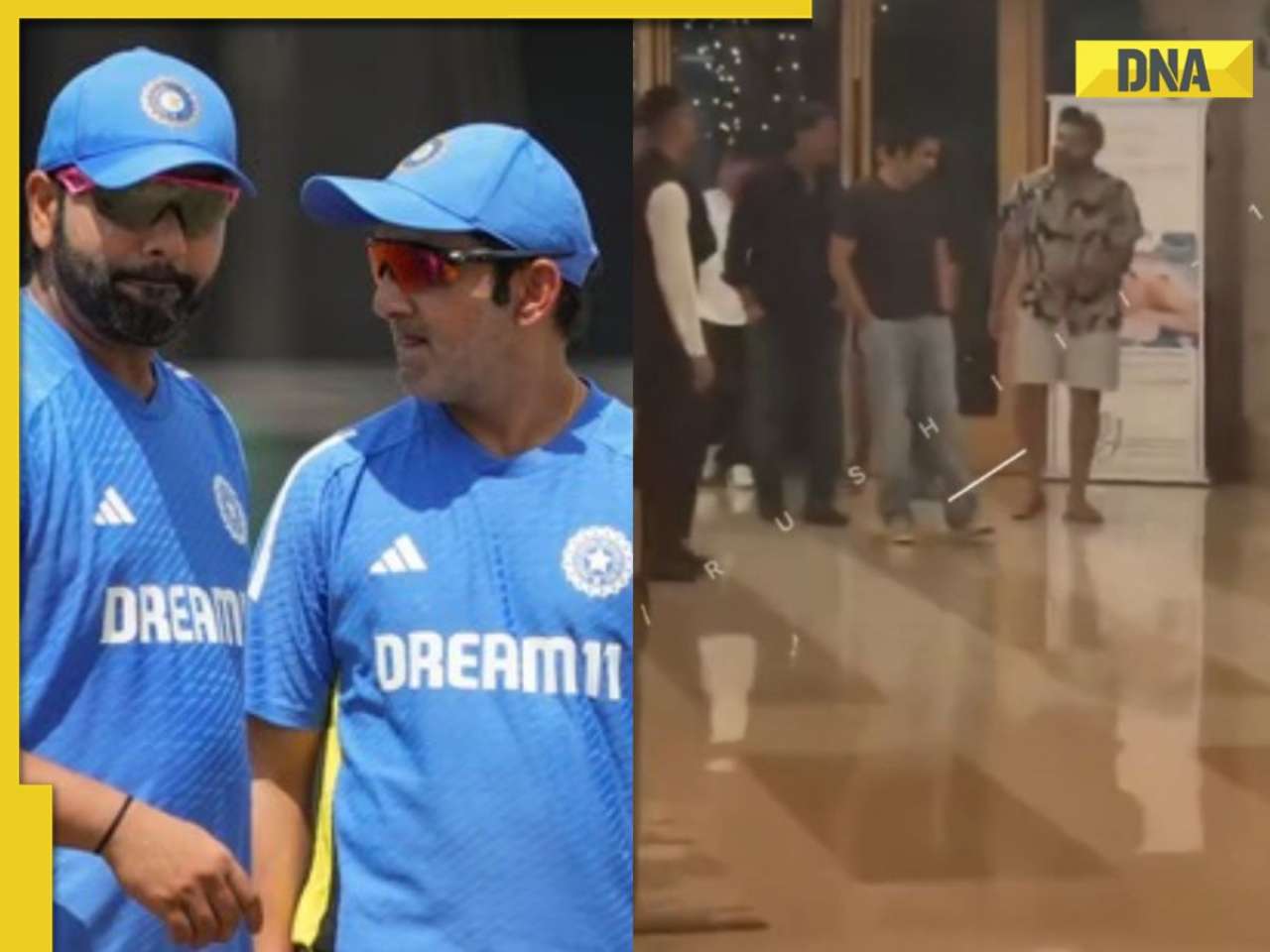 |
|
The recent video circulating on social media depicting Indian cricket captain Rohit Sharma and head coach Gautam Gambhir engaging in lighthearted banter at their team hotel has effectively quelled rumors of a significant rift between the two. This seemingly amicable interaction comes after a period of reported tension during India's recent tour of Australia, where Rohit's struggles with his batting form led to his exclusion from the final Test match in Sydney. The speculation surrounding a strained relationship between the captain and the coach intensified amidst reports of significant dressing-room drama following the 3-1 series loss to Australia. The incident underscored a deeper issue—the need for effective communication and conflict resolution within the Indian cricket team, particularly as the team navigates crucial upcoming matches and tournaments.
The public display of camaraderie between Rohit Sharma and Gautam Gambhir serves as a much-needed reassurance for Indian cricket fans. The perception of unity and positive team dynamics is crucial for player morale and overall team performance. While the video offers a glimpse into a potentially improved relationship, the underlying issues contributing to the earlier tension require careful examination. Did the pressure of the Australian tour, coupled with individual performance anxieties, escalate existing tensions? Was the communication between captain and coach inadequate, leading to misunderstandings and conflict? Analyzing these factors is key to preventing similar situations from arising in the future. The upcoming ODI series against England presents a critical test for the team's cohesion and ability to overcome internal challenges.
The upcoming three-match ODI series against England holds immense significance for India's Champions Trophy preparations. The series serves as a vital opportunity for key players, particularly Rohit Sharma and Virat Kohli, to regain their form and confidence. Both batsmen faced criticism after a challenging red-ball season, failing to make a substantial impact in the Ranji Trophy. However, the ODI format presents a more familiar and comfortable environment for them, allowing them to leverage their past successes in the shorter format. Their stellar performances in the 2023 World Cup, where they finished as the tournament's top two run-scorers, underscore their potential to lead India's batting charge once again. The series against England is not just about winning matches, but also about restoring rhythm and building team synergy before the high-stakes Champions Trophy.
The performance of Rohit Sharma and Virat Kohli will be closely scrutinized during the ODI series. Their ability to adapt to the demands of international cricket after a relatively quiet period in the ODI format will be crucial. Their recent appearances in the three-match series against Sri Lanka, where Rohit managed two half-centuries while Kohli struggled for consistency, provide a mixed bag of indicators. While individual brilliance is important, the team's collective performance will be even more critical. The series presents an opportunity to assess the team's current capabilities, refine strategies, and identify areas needing improvement before the Champions Trophy. The success of this series will significantly influence India's confidence and strategic approach leading into the prestigious tournament.
Beyond the performances of individual players, the series against England will also provide valuable insights into the team's overall preparedness for the Champions Trophy. The team's ability to implement different strategies, adapt to changing match conditions, and maintain composure under pressure will all be key factors in determining their success. The coaching staff will need to leverage the series as a learning experience, fine-tuning the team's tactics and addressing any weaknesses that might have surfaced during the Ranji Trophy or the recent tour of Australia. The seamless integration of all players, regardless of their recent performances, will be vital for creating a cohesive and effective unit. Any lingering tension or communication issues need to be resolved to ensure the team functions optimally under pressure.
